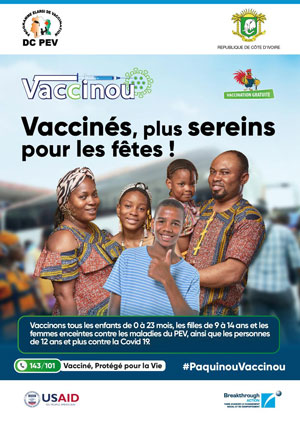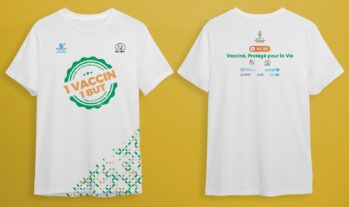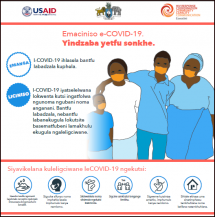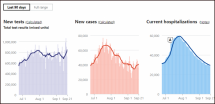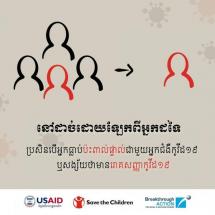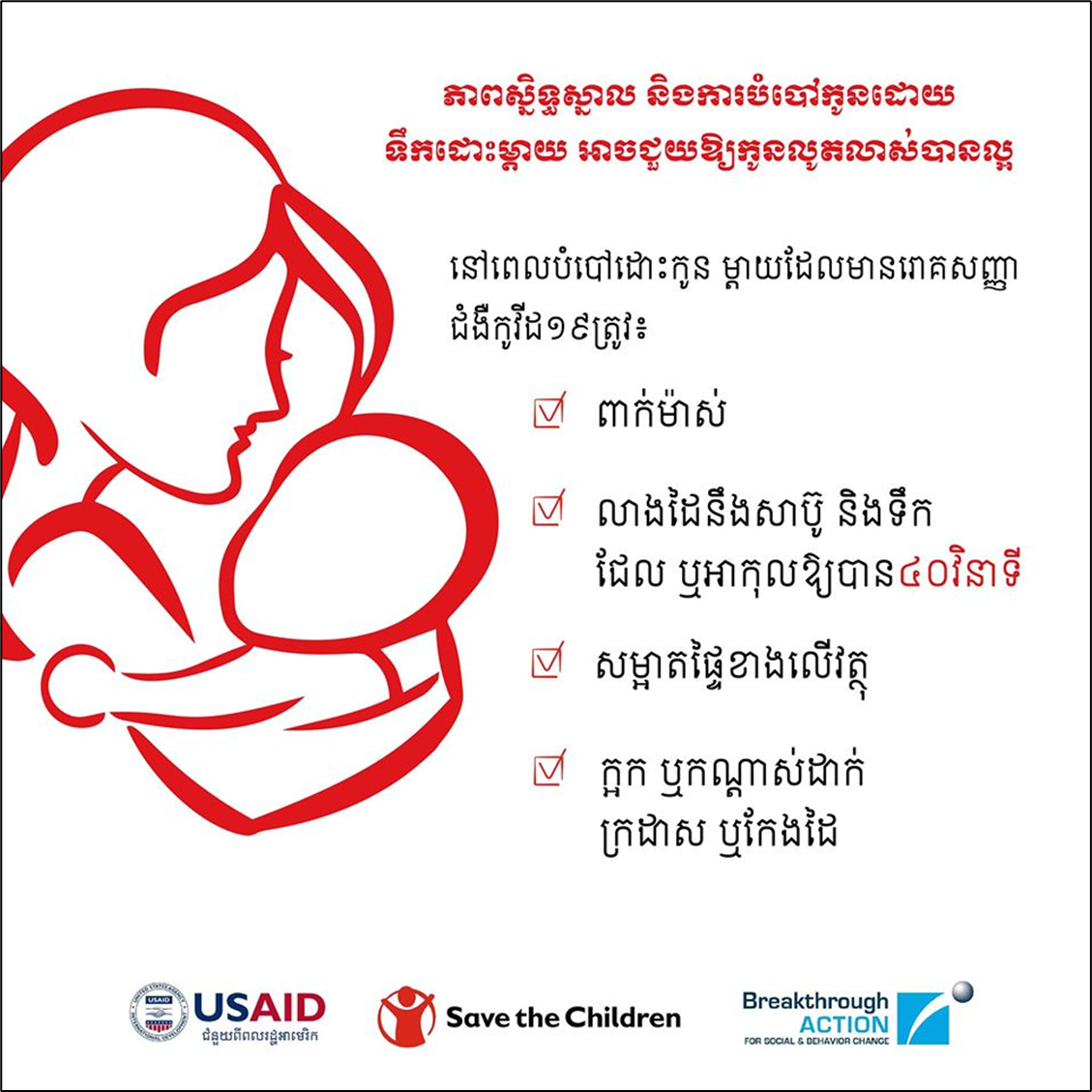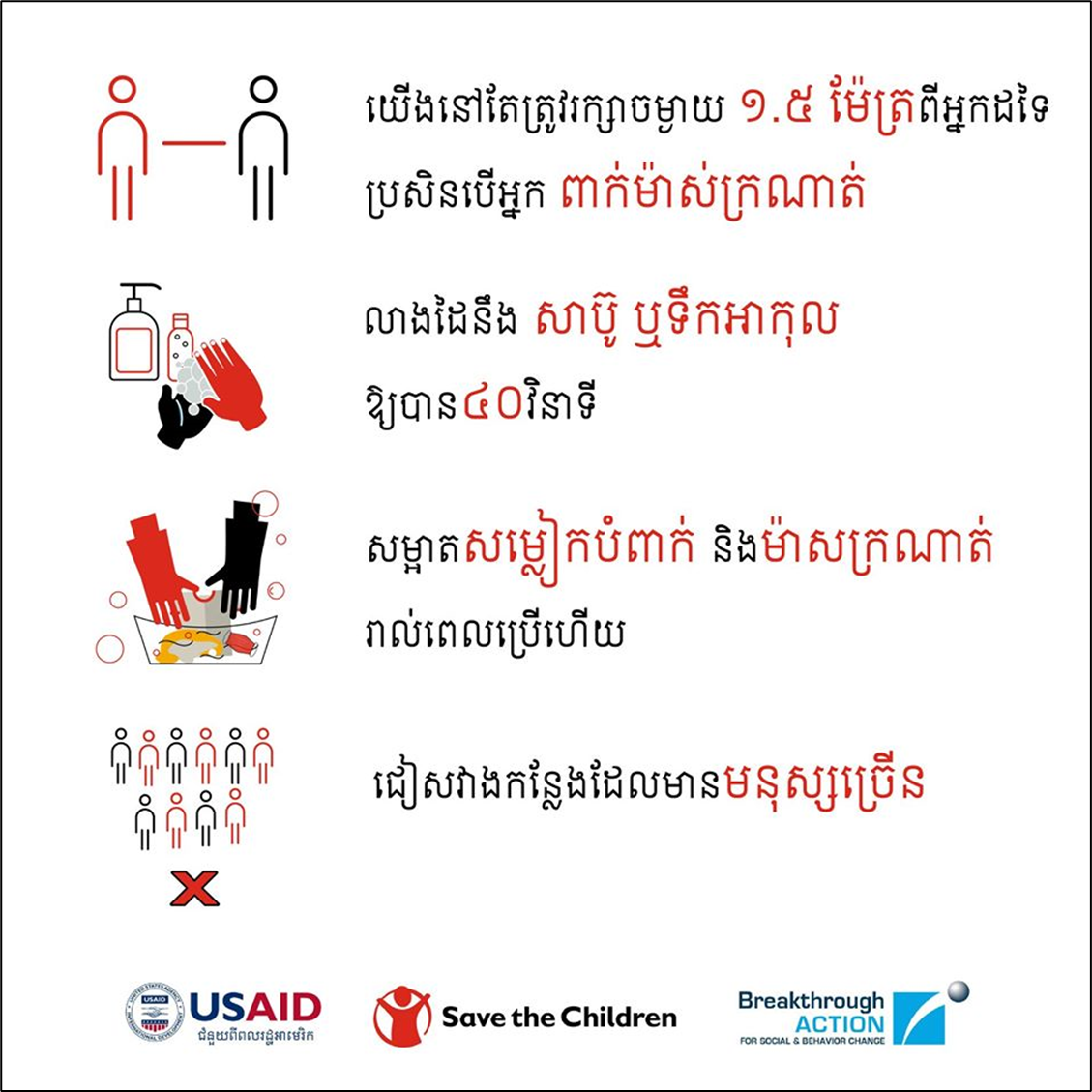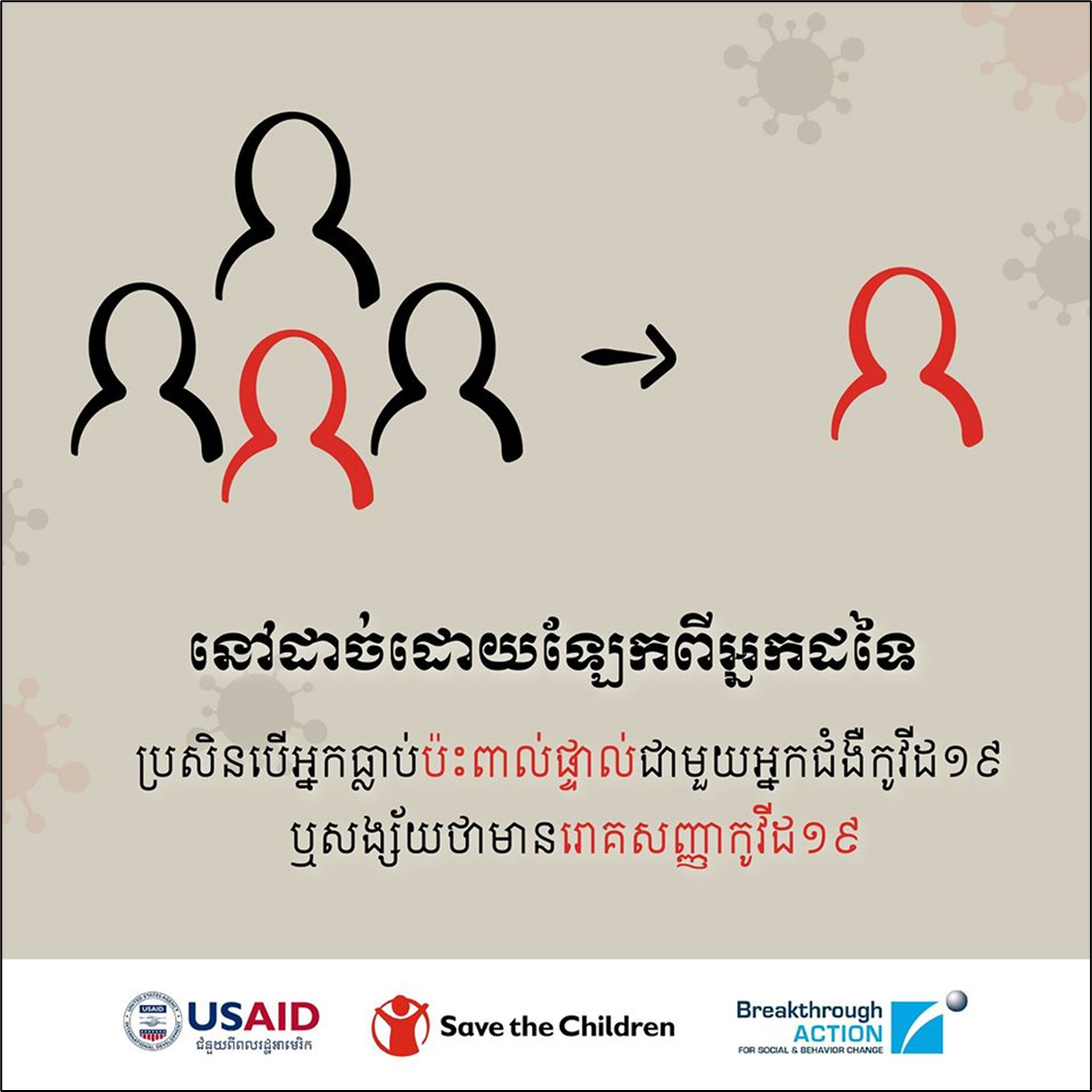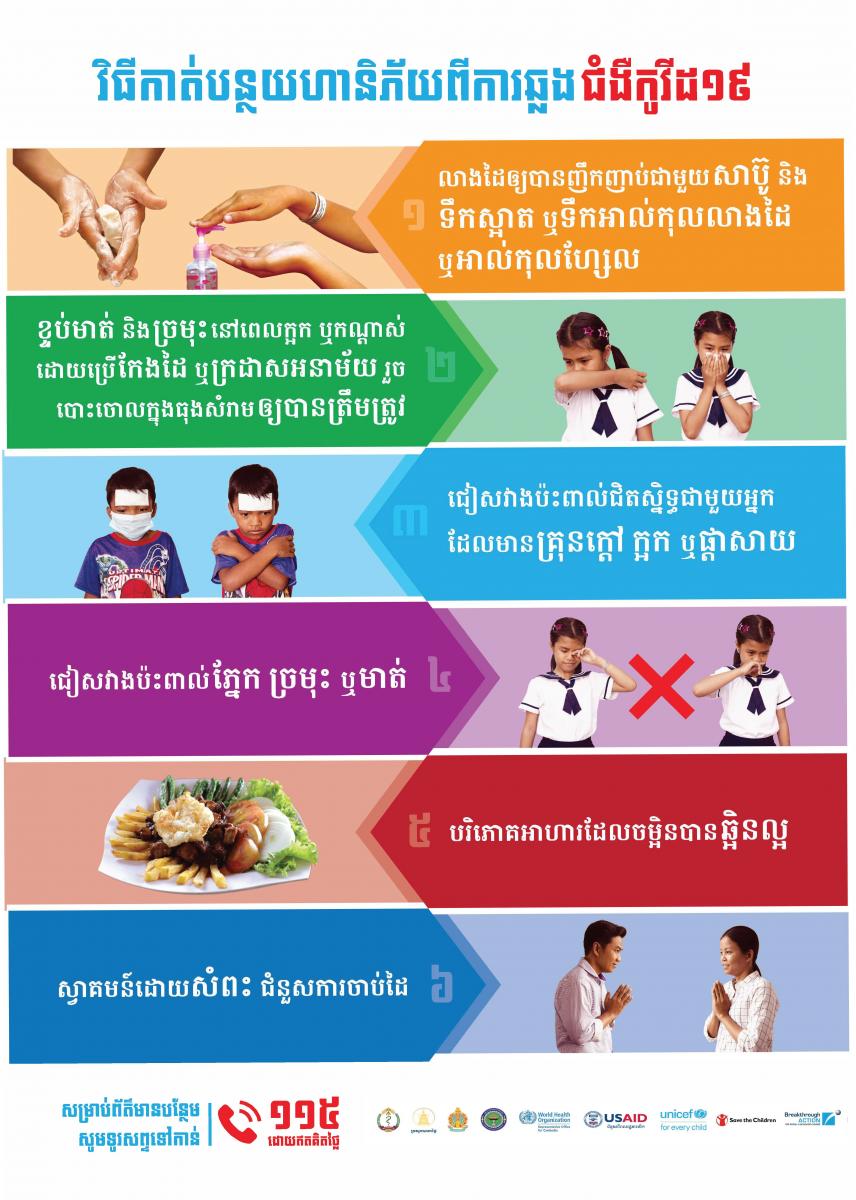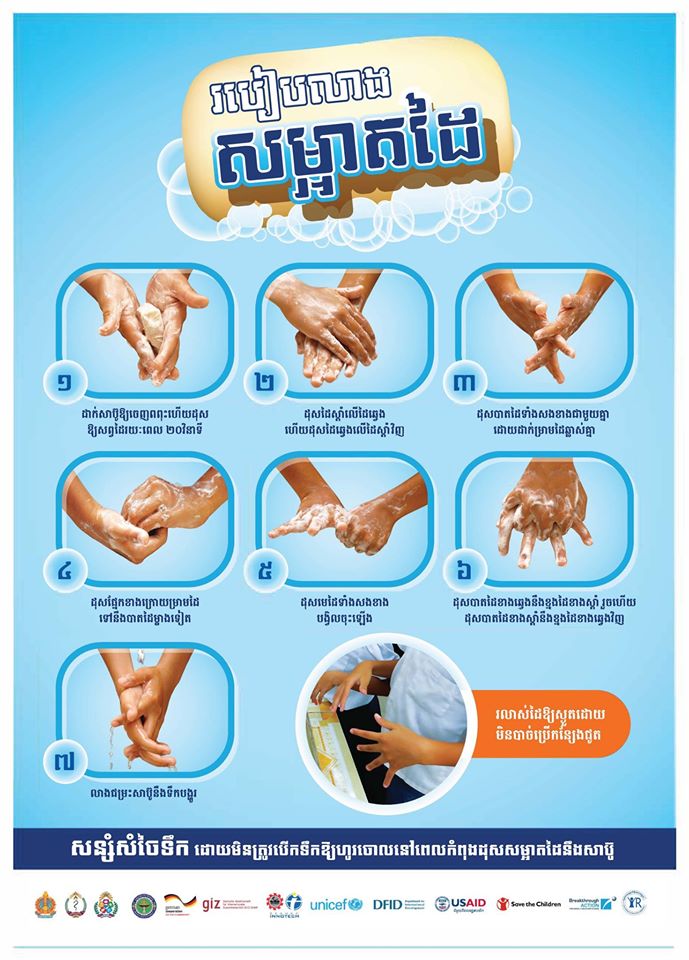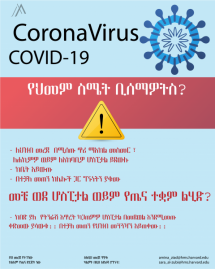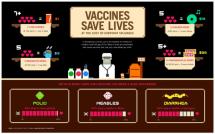Campagne de vaccination de Paquinou – 2024
En Côte d’Ivoire, ce reportage présente une stratégie innovante visant à accélérer la couverture vaccinale contre le virus COVID-19 en ciblant les voyageurs de Pâques. Pâques est une période de grands déplacements ; des célébrations régionales connues sous le nom de Paquinou sont organisées. Les grands rassemblements publics et les mouvements de masse en font une période à haut risque pour la transmission.
La stratégie consistait à promouvoir la vaccination avant le voyage et à mettre en place des stands de vaccination pour encourager les voyageurs à se faire vacciner avant leur départ. Le matériel de campagne comprend un rapport de campagne, un reportage télévisé et des images de la campagne. Les bannières et le matériel imprimé sont inclus ici.
Matériel de campagne
- Paquinou – Flyer
- Paquinou – Flyer: 10 Questions
- Paquinou – Bannière paysage
- Paquinou – Bannière portrait
Paquinou Vaccination Campaign – 2024
In Côte d’Ivoire, this news report shares an innovative strategy to accelerate COVID-19 vaccination coverage through targeting Easter travelers. Easter is a time of heavy travel; regional celebrations known as Paquinou are organized. Large public gatherings/mass movements make this a high-risk period for transmission.
The strategy promoted ‘vaccinate before travel’ and included a pop-up vaccination promotion to encourage travelers to get vaccinated before traveling. The materials include a campaign report, a TV News report, and Campaign images. Included here are the banners and print materials.
Campaign Materials
- Paquinou – Flyer
- Paquinou – Flyer: 10 Questions
- Paquinou – Landscape Banner
- Paquinou – Portrait Banner
Source: Johns Hopkins Center for Communication Programs
Date of Publication: July 17, 2024

